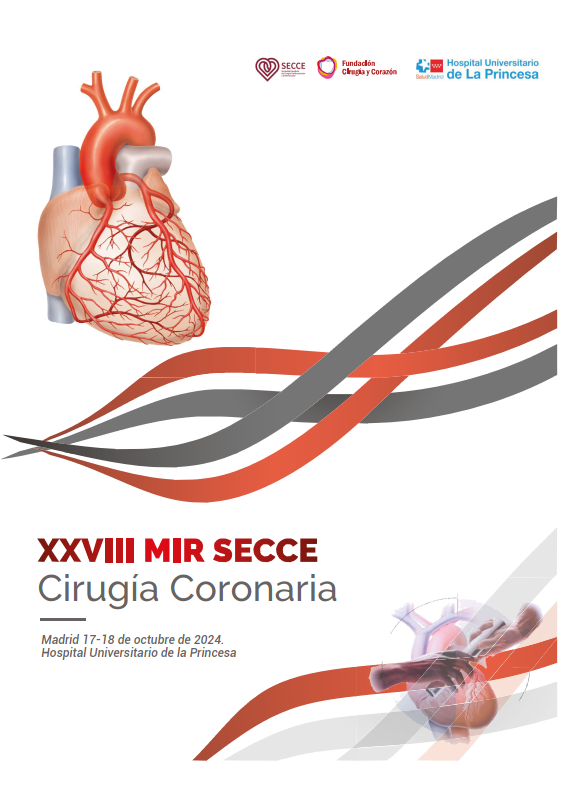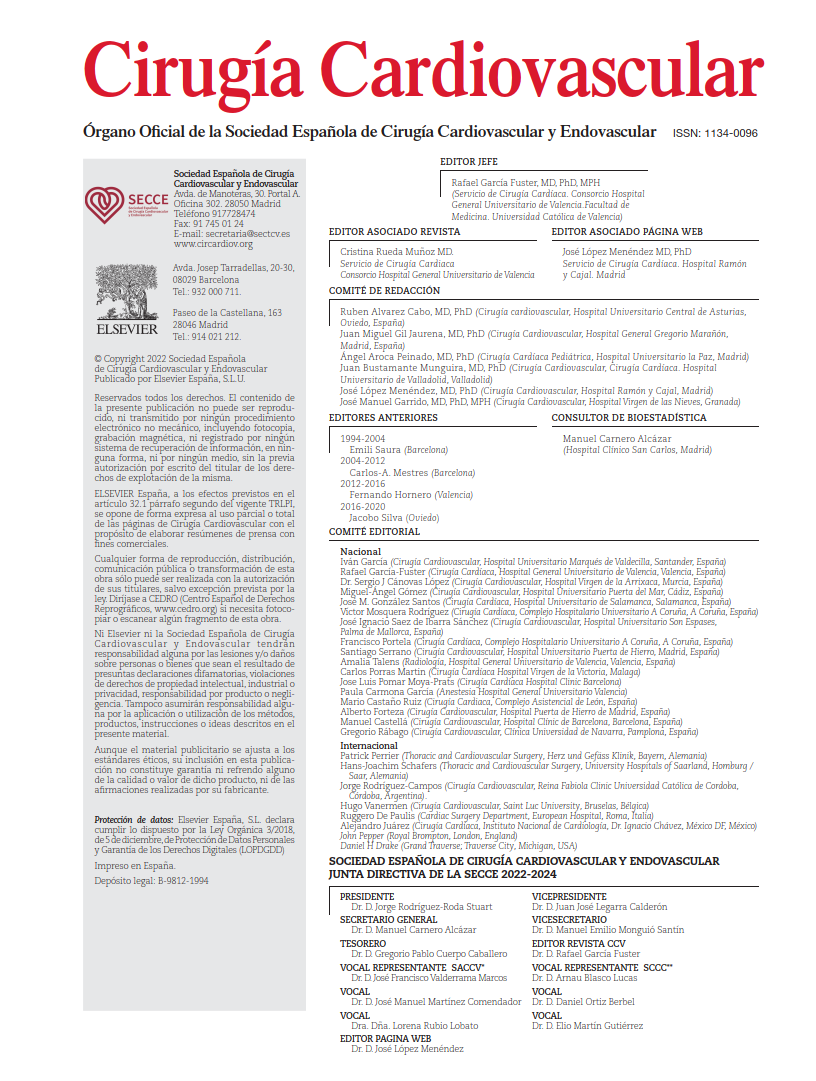As the use of ECMO has expanded in critical care units, so too have the clinical scenarios that challenge standard configurations. Although venovenous (VV) and venoarterial (VA) ECMO remain the most commonly used modalities, there are situations in which these approaches may prove insufficient or even counterproductive.
The reviewed editorial, published in the Journal of Cardiothoracic and Vascular Anesthesia, offers a concise and accessible summary of four unconventional mechanical circulatory and respiratory support strategies: parallel VV-ECMO circuits, veno-venopulmonary (V-VP) ECMO, left atrial venoarterial ECMO (LAVA-ECMO), and the use of dual-lumen cannulas via left ventricular apical insertion.
Before describing these configurations, it is important to note that the ProtekDuo cannula is a dual-lumen device typically introduced through the right internal jugular vein, with the drainage port positioned in the right atrium and the return port in the pulmonary artery. In its conventional application as right ventricular support, it is connected to a centrifugal pump (such as CentriMag) without an oxygenator. However, in two of the strategies discussed in this article—V-VP ECMO and apical cannulation—the same cannula is integrated into a full ECMO circuit with an oxygenator, enabling simultaneous respiratory and circulatory support. This repurposing of an established device represents one of the most innovative aspects of the article.
This editorial article provides a practical overview of four emerging cannulation approaches for patients who do not respond adequately to conventional VV or VA-ECMO support. These include:
1. Parallel VV-ECMO circuits, particularly suitable for patients with high cardiac output, such as those with obesity, in whom a single ECMO circuit fails to achieve adequate gas exchange. This approach involves the implantation of a second independent circuit with additional femoral and jugular cannulation, thereby increasing total flow and membrane surface area.
2. V-VP ECMO, a hybrid configuration that combines respiratory support with right ventricular assistance through a modified ECMO circuit reusing the ProtekDuo® cannula. In this setup, venous drainage is achieved via a femoral cannula, while return flow is split through a Y-connector into both lumens of the ProtekDuo: one directed to the right atrium and the other to the pulmonary artery. This allows oxygenated blood to be delivered both for partial right ventricular support and directly into the pulmonary circulation, with flow distribution adjustable based on the patient’s clinical needs (predominant respiratory failure or right ventricular dysfunction), all within a single ECMO circuit.
Compared to the V-P ECMO configuration (using a conventional return cannula instead of the ProtekDuo®), this setup permits partial right ventricular output and maintains pulmonary artery pulsatility. In fact, it acts as a functional indicator of right ventricular evolution, as full bypass through a cannula placed in the pulmonary artery would obscure recovery of right ventricular function or concomitant left ventricular failure, which could lead to elevated capillary pressures and pulmonary edema. In these hybrid configurations, the loss of pulmonary artery pulsatility should be considered an early warning sign, allowing timely recognition of impending hyperperfusion-induced pulmonary edema or emerging right and/or left ventricular failure.
3. LAVA-ECMO, which enables biatrial drainage for biventricular decompression with femoral arterial reinfusion. The configuration involves modified venous cannulation with transseptal access to the left atrium: this can be achieved using either a single cannula with ports in both atria or two separate cannulas—one conventional femoral cannula advanced to the right atrium, and another from the contralateral femoral vein crossing the interatrial septum into the left atrium. This approach reduces intracardiac pressures on both sides and is particularly valuable in patients with contraindications to traditional left ventricular unloading strategies such as intra-aortic balloon pumps or transvalvular microaxial devices (e.g., Impella). Placement typically requires transesophageal echocardiography and/or fluoroscopic guidance, limiting its use to advanced settings.
4. Transapical cannulation with a dual-lumen cannula, which enables left ventricular drainage and aortic reinfusion through direct surgical access via the LV apex. This technique employs a ProtekDuo or RD version (rapid deployment) inserted through a mini-thoracotomy, with the drainage port placed in the left ventricle and the return port in the ascending aorta. The cannula is connected to a complete ECMO circuit (centrifugal pump and oxygenator), allowing univentricular support and optional respiratory assistance. This approach is especially useful in patients with severe peripheral vascular disease or complex aortic anatomy and does not require the use of a CentriMag pump.
The authors conclude that these configurations should be considered in selected scenarios where conventional ECMO is insufficient, and they emphasize the need for a deep understanding of the associated physiology. Successful implementation requires centers with expertise, trained personnel, and access to appropriate technologies. Furthermore, the authors note that current evidence is limited, and these strategies should be applied with clinical judgment and individualized decision-making.
COMMENTARY:
This editorial provides an excellent synthesis of some of the most innovative cannulation approaches in ECMO. Rather than theoretical speculation, the article is grounded in real cases and configurations already implemented successfully, adding significant practical value.
First, the use of parallel VV-ECMO circuits stands out, particularly for patients with elevated cardiac output—such as those with obesity, sepsis, or hypermetabolic states. Implementing two separate circuits and two oxygenator membranes improves blood transit time and gas exchange surface area, leading to favorable clinical outcomes (72.7% survival at discharge in the reported series). However, increasing the number of circuit connections also raises the risk of coagulopathy, hemolysis, or air embolism, and this approach should be reserved for centers experienced with dual ECMO circuits.
The V-VP ECMO configuration, which adapts the ProtekDuo to deliver oxygenated blood into both the right atrium and pulmonary artery via a Y-connector, offers an innovative method to combine respiratory support with right ventricular assistance. Proper management of flow distribution is essential to prevent pulmonary overperfusion (recommended maximum: 2.5 L/min into the pulmonary artery) and avoid right ventricular distention.
LAVA-ECMO emerges as a powerful option in patients with contraindications to conventional left ventricular unloading devices such as Impella or intra-aortic balloon pump (IABP). The use of a single drainage cannula with biatrial ports reduces the number of vascular access sites and may simplify circuit management. However, the requirement for interatrial septostomy limits its applicability outside hybrid operating rooms or catheterization labs with echocardiographic and fluoroscopic guidance.
Lastly, the most invasive strategy described—transapical cannulation using a ProtekDuo—provides a valuable alternative in patients with severe peripheral arterial disease. It enables univentricular support with direct aortic reinfusion and optional respiratory support. While it involves thoracotomy and demands careful patient selection, its preferential use over Impella has been reported in cases of concomitant aortic valve stenosis or regurgitation.
These techniques are not intended to replace conventional VA or VV-ECMO, but rather to expand the therapeutic armamentarium for specific clinical scenarios where standard configurations are inadequate or unfeasible. Detailed anatomical knowledge, advanced imaging guidance, and sound clinical judgment are crucial for their safe application.
The main takeaway message from this editorial is clear: the future of extracorporeal support will be increasingly personalized, complex, and anatomy-driven. Familiarity with alternative cannulation strategies is not optional—it is essential for teams managing critically ill patients with borderline physiology.
In summary, three key take-home points are:
1. Tailor ECMO strategies to the patient’s hemodynamic and metabolic demands, especially when standard circuits fall short.
2. Master dual-purpose configurations that combine respiratory and right ventricular support, such as V-VP ECMO.
3. Consider left ventricular unloading alternatives when IABP or transvalvular microaxial pumps are contraindicated, such as LAVA-ECMO or transapical dual-lumen cannulation.
In short, we are witnessing a silent yet decisive transformation in ECMO management. Anatomical precision, technical creativity, and deep physiological understanding now define the new frontier. Like all meaningful progress, this shift demands abandoning outdated dogmas and embracing a new surgical and hemodynamic versatility.
REFERENCE:
Calhoun A, Szabo C, Convissar D, Pisano DV, Ortoleva J. Beyond Venoarterial and Venovenous Extracorporeal Membrane Oxygenation: Novel Cannulation Strategies. J Cardiothorac Vasc Anesth. 2024;38:1830–1835.



